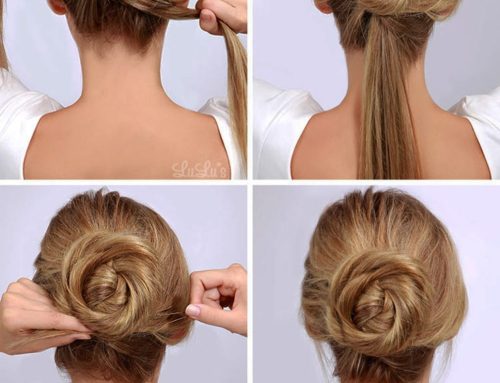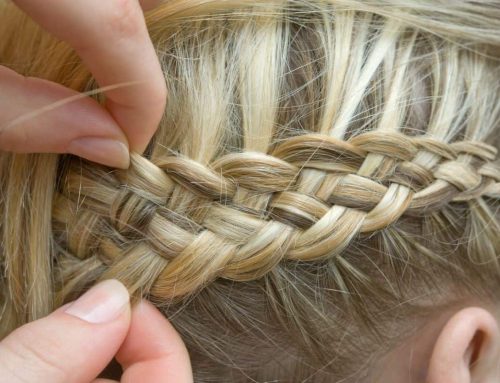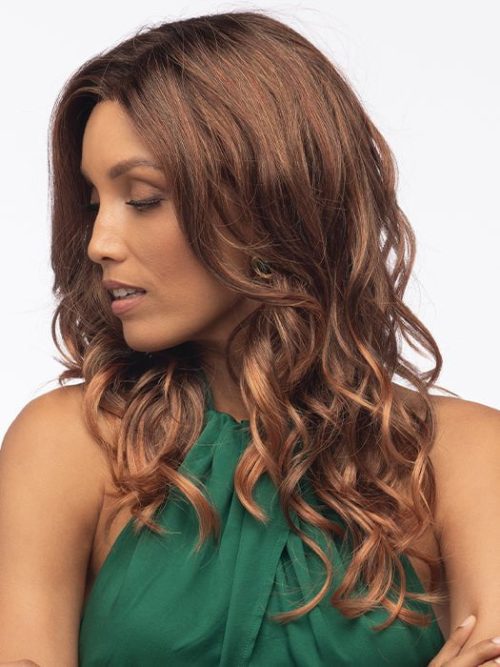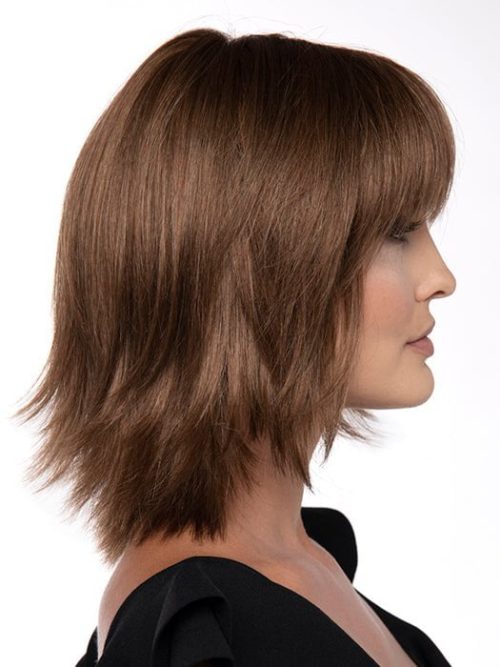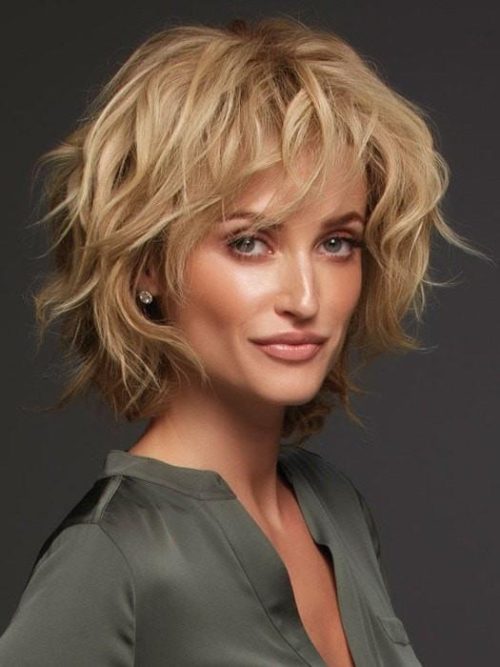Have you ever wondered why some Jewish women wear wigs? It’s a question that sparks curiosity and sometimes even confusion. Wigs, also known as “sheitels,” are more than just a fashion statement. They hold deep religious, cultural, and personal significance. In this guide, we’ll dive into the world of sheitels, exploring the reasons behind this practice, its history, and what it means to the women who choose to wear them. So, let’s get cozy and uncover the fascinating layers behind this tradition.

The Religious Roots
Modesty in Judaism
First things first, let’s talk about modesty, or “tzniut,” in Judaism. Modesty is a big deal in Jewish law and culture. It’s not just about clothing but encompasses behavior, speech, and even thought. For Jewish women, covering their hair after marriage is a key part of this modesty. The idea is to keep certain aspects of one’s appearance private, reserved for their spouse.
Biblical and Rabbinical Sources
Where does this practice come from? It has its roots in the Bible and has been elaborated on by rabbis over the centuries. One of the main sources is a verse in the Book of Numbers (Bamidbar) that implies a married woman’s hair should be covered. Rabbinical texts, like the Talmud, expand on this, discussing how and why hair covering is important for married women.
Symbol of Marriage
Wearing a wig or other hair covering is also a public symbol of a woman’s married status. It’s a bit like wearing a wedding ring. It signals to the community that she is married and committed. It’s a beautiful way to honor and respect that commitment.

Personal Stories and Experiences
Sara’s Journey
Let me share a story about my friend Sara. Sara got married a few years ago, and I remember the first time she put on her sheitel. She felt a mix of emotions – excitement, pride, and a bit of nervousness. “It felt like stepping into a new chapter of my life,” she told me. “It wasn’t just about following a rule; it was about embracing my new identity as a married woman.”
Balancing Tradition and Personal Style
For many women like Sara, wearing a wig is about finding that balance between tradition and personal expression. They want to honor their faith while also feeling comfortable and stylish. This often means spending time choosing the right wig – one that feels like “them.”

The Practical Side of Wigs
Versatility and Convenience
One of the perks of wearing a wig is the versatility it offers. Women can choose different styles, colors, and lengths without having to change their natural hair. It’s like having a personal style chameleon! Plus, wigs can be a real time-saver. No more bad hair days – just pop on your sheitel, and you’re ready to go.
Quality and Comfort
Modern wigs are designed to be comfortable and natural-looking. They come in various materials, including synthetic and human hair, and can be tailored to fit perfectly. Quality wigs can be quite an investment, but many women feel it’s worth it for the comfort and confidence they provide.

The Emotional and Social Aspects
Community and Belonging
Wearing a wig can also foster a sense of community and belonging. When Jewish women wear sheitels, they are visibly part of a tradition that spans generations and continents. It’s a way to connect with their heritage and with other women who share their faith.
Personal Challenges and Growth
Of course, wearing a wig isn’t always easy. Some women struggle with the change, feeling self-conscious or uncomfortable at first. It’s a personal journey that can take time and patience. Sharing these experiences with others, whether through community groups or online forums, can be incredibly supportive.

Modern Interpretations and Trends
Contemporary Styles
Today’s sheitels are far from the old-fashioned or frumpy wigs some might imagine. They come in a wide range of styles, from sleek and straight to curly and voluminous. Women can experiment with different looks, finding styles that match their personalities and preferences.
Embracing Diversity
The sheitel market is also embracing diversity, offering options for women of all backgrounds and hair types. This inclusivity is important, as it allows all Jewish women to find wigs that truly represent them.
Ethical and Sustainable Choices
Another modern trend is the move towards ethical and sustainable wig choices. Many women are seeking out wigs made from ethically sourced hair or sustainable materials. This aligns with broader values of caring for the environment and treating people with dignity.

Addressing Common Questions and Concerns
Isn’t It Uncomfortable?
One of the most common concerns about wearing a wig is comfort. While it might take some getting used to, many women find that with the right fit and quality, wigs can be quite comfortable. It’s all about finding what works best for you.
What About Hair Health?
Another question is whether wearing a wig affects natural hair health. With proper care, wearing a wig shouldn’t harm your natural hair. In fact, it can protect your hair from environmental damage and reduce the need for styling and heat treatments.
Can I Still Show My Style?
Absolutely! Wigs can be styled just like natural hair. You can cut, color, and style your wig to suit your tastes. Many women find creative ways to personalize their sheitels, making them an expression of their unique style.
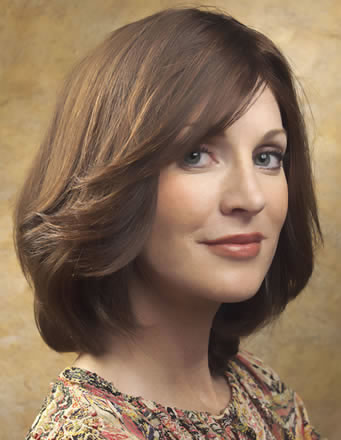
The Broader Cultural Context
Comparing to Other Traditions
Wearing a wig isn’t unique to Judaism. Many cultures have similar practices, where hair covering signifies modesty or marital status. For example, in some Muslim and Christian communities, women also cover their hair as a sign of faith and modesty. These practices, though different in execution, share common themes of respect, privacy, and identity.
The Impact of Globalization
In our interconnected world, cultural practices are constantly evolving. The global wig industry has responded to the needs of Jewish women by offering a wide range of options. This reflects a broader trend of cultural exchange and adaptation.

My Own Experience
Let me share a bit about my own journey with wigs. I remember when my cousin, Rachel, got married. She struggled with the idea of covering her hair. It felt like losing a part of herself. But over time, she found ways to embrace it. She experimented with different styles, and eventually, her wig became a part of her identity, a way to blend her personal style with her faith. Seeing her journey was inspiring and made me appreciate the depth and meaning behind the practice.
Conversations with Friends
Talking with friends who wear wigs has given me a deeper understanding and respect for the practice. It’s not just about following a rule; it’s about making a choice that aligns with their values and identity. Hearing their stories – the challenges, the triumphs, the personal growth – has been incredibly enlightening.

The Future of Sheitels
Evolving Trends
The world of sheitels is constantly evolving. New materials, technologies, and styles are emerging, offering even more options for women. As fashion trends change, so do the styles of wigs, allowing women to stay current and stylish.
Embracing Change
The future also holds potential for even greater inclusivity and personalization. As more women share their experiences and preferences, the market will continue to adapt, offering wigs that cater to a diverse range of needs and tastes.
Conclusion
So, why do Jewish women wear wigs? It’s a beautiful blend of tradition, personal choice, and community. It’s about honoring their faith, expressing their identity, and connecting with others. Whether you’re curious about the practice, considering wearing a wig yourself, or simply want to understand it better, I hope this guide has given you a deeper insight into the world of sheitels.
Remember, at the heart of this tradition is a rich tapestry of meaning, woven with threads of faith, culture, and personal journey. It’s a tradition that continues to evolve, adapt, and inspire. If you ever find yourself in a conversation about wigs, you’ll now have a fuller understanding of the deep, layered reasons behind this meaningful practice.
Thanks for joining me on this journey. If you have any questions or want to share your own experiences, feel free to reach out. Let’s keep the conversation going!
